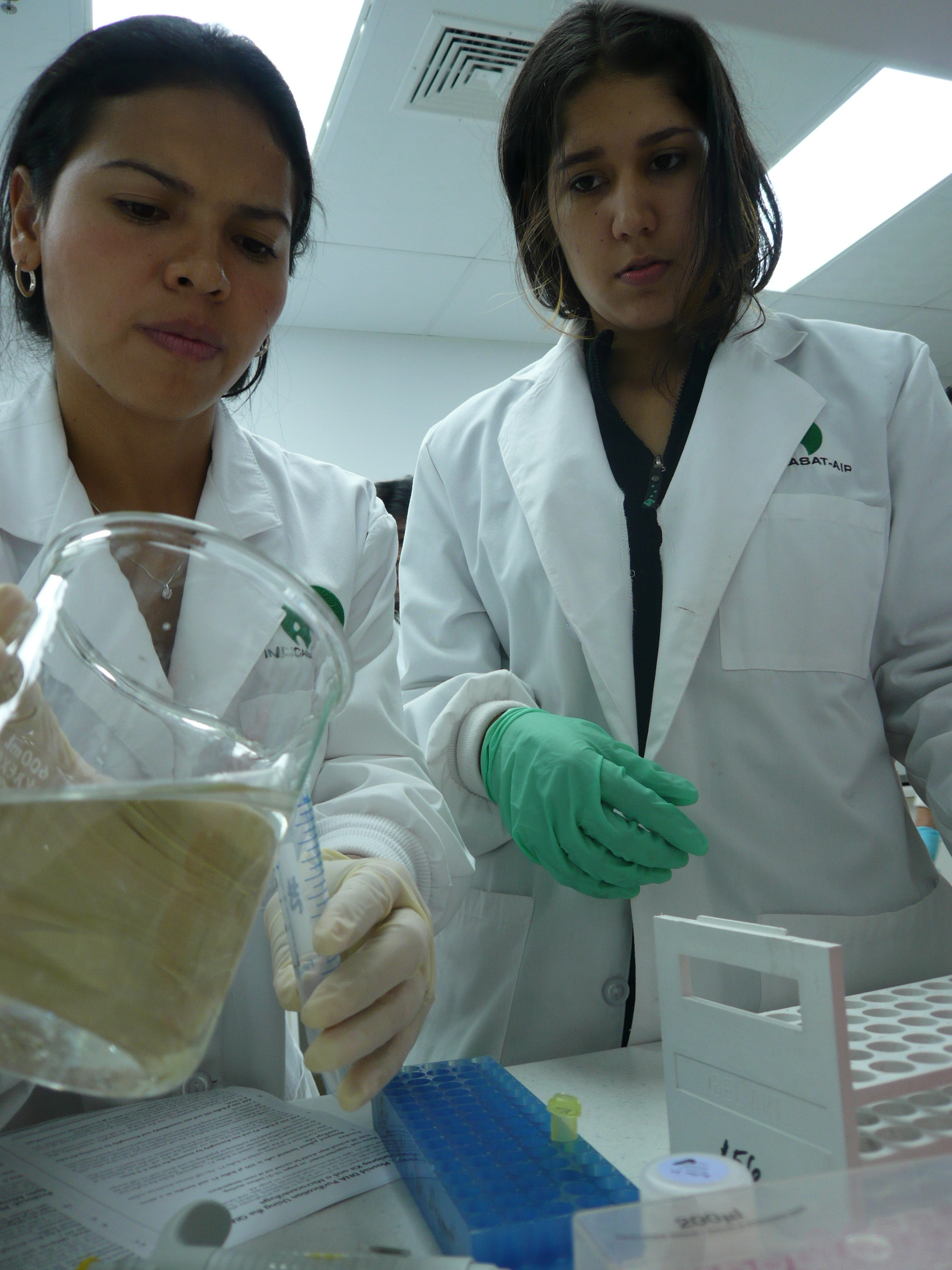Team:Panama/Modeling
From 2010.igem.org
(Difference between revisions)
| Line 154: | Line 154: | ||
* Venue: INDICASAT | * Venue: INDICASAT | ||
* Description: We identify a simple project based on past iGEM work and do our first BioBrick protocol project. Nothing innovative, but an opportunity to practice the protocols. | * Description: We identify a simple project based on past iGEM work and do our first BioBrick protocol project. Nothing innovative, but an opportunity to practice the protocols. | ||
| - | |||
| - | |||
| - | |||
| - | |||
| - | |||
| - | |||
| - | |||
| - | |||
| - | |||
| - | |||
| - | |||
<gallery> | <gallery> | ||
| - | |||
| + | Image:P1000625.JPG |Panama Team | ||
</gallery> | </gallery> | ||
| - | |||
| - | |||
| - | |||
| - | |||
| - | |||
| - | |||
| - | |||
| - | |||
| - | |||
| - | |||
| - | |||
| - | |||
| - | |||
| - | |||
| - | |||
| - | |||
| - | |||
| - | |||
| - | |||
| - | |||
| - | |||
| - | |||
| - | |||
| - | |||
| - | |||
| - | |||
| - | |||
| - | |||
| - | |||
| - | |||
| - | |||
| - | |||
| - | |||
| - | |||
| - | |||
| - | |||
| - | |||
| - | |||
| - | |||
| - | |||
| - | |||
| - | |||
| - | |||
| - | |||
| - | |||
| - | |||
| - | |||
| - | |||
| - | |||
| - | |||
| - | |||
| - | |||
| - | |||
| - | |||
| - | |||
| - | |||
| - | |||
| - | |||
| - | |||
| - | |||
| - | |||
Revision as of 20:59, 6 July 2010

.
Notebook
DNA 101: Information store, replication. 26 May
- Instructor: Dr. Abby Guerra
- Date: 26 May 17h00-20h00
- Venue: UTP
- Description: A basic refresher course on how DNA stores information in the cell, and how it is involved in cellular replication.
DNA 102: Protein creation relationship to cellular function. 26 May
- Instructor: Dr. Abby Guerra
- Date: 26 May 17h00-20h00
- Venue: UTP
- Description: Introduction to how DNA drives cellular functions by creating proteins
DNA 103: DNA modification, plasmids
- Instructor: Dr. Abby Guerra
- Date: 26 May 17h00-20h00
- Venue: UTP
- Description:Introduction to long tested combinant DNA techniques, the role of plasmids in bacteria, and their use as a vector for DNA modification.
INDICASAT lecture: Drug discovery in nature
- Instructor: Dr. Sergio Martinez
- Date: (17h00-20h00 Thursday 3rd June)
- Venue: INDICASAT
- Description:Would be a brainstorming session as students start thinking about projects. It would be GREAT if we could take a molecule discovered by INDICASAT in coral/frogs/nature and put it in E. coli!...
INDICASAT lecture: Innovation
- Instructor: Dr. Jagannatha Rao, Director of INDICASAT
- Date: (17h30-20h00 Friday 4th June)
- Venue: INDICASAT
- Description: Dr. Rao's lecture on how to innovate.
DNA 104: BioBricks Protocol
- Instructor: Sara/Patrick
- Date: (17h30-20h00 Monday 7th June)
- Venue: INDICASAT
- Description: Introduction to the BrioBricks protocol
iGEM workshop follow up: Software tools
- Instructor: Patrick / Sara
- Date: (17h30-20h00 Monday 7th June)
- Venue: INDICASAT
- Description: Software tools available from the workshop.
iGEM workshop follow up: Safety, ethics
- Instructor: Dr. Ricardo Lleonart
- Date: (17h00-20h00 9th of June)
- Venue: INDICASAT
- Description: There is definetly a "safety considerations" requirement and we should address it early.
Wetlab 101: Tools of the lab and their use
- Instructor: Dr. Patricia Llanes
- Date: (17h00-20h00 9th June)
- Venue: INDICASAT
- Description: How to handle pipettes, clean test tubes, etc.
Wetlab 102: Let's raise a few E. coli
- Instructor: Lorena Coronado and and Dr. Carmenza Spadafora
- Date: (17h00-20h00 11th of June)
- Venue: INDICASAT
- Description: How does one handle E. coli?
Wetlab 103: Let's make an E. coli that fluoresce (or some simple BioBrick project)
- Instructor: INDICASAT, Dr. Carmenza Spadafora
- Date: (17h00-20h00 11th of June)
- Venue: INDICASAT
- Description: We identify a simple project based on past iGEM work and do our first BioBrick protocol project. Nothing innovative, but an opportunity to practice the protocols.
 "
"
